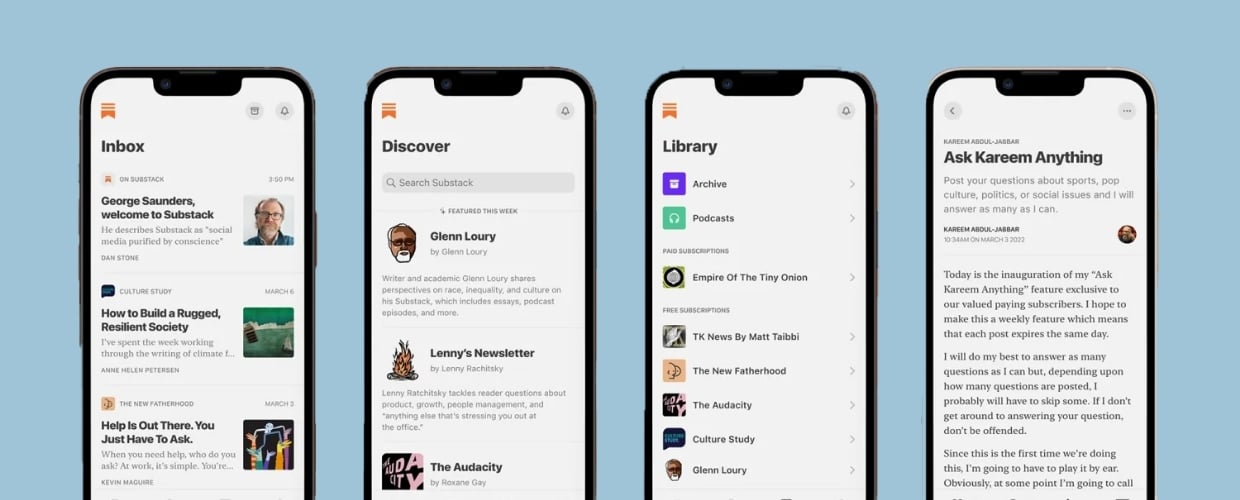An updated version of this blog can be found here.
Generate more impact through smaller publishers
Do you feel like we’re all living in a daily swipe right/swipe left relationship with brands and the media?
We’re always on the defense against fake news, Coronavirus updates, and fatigue from the sheer number of messages we’re receiving, which can reach up to 10,000 ads every single day.
We can’t process them all and maintain sanity, so our brains ignore a large majority of messages.
For public relations practitioners, this has good and bad effects: as we work to make the most of our communications strategies, we could also be adding to the clutter.
It’s not enough to earn just any media coverage. We have to share the right messages with the right people and through the right channels to achieve business success and prove our PR strategies are working.
There’s a common misconception that Tier 1 national media outlets, such as The Wall Street Journal, Forbes, CNN, or even The New York Times, are essential for driving brand awareness and meeting business goals. However, sometimes the lesser-known outlets that can make a greater impact.
Three reasons to include focused media outlets in your plan
When we discuss publications below Tier 1, we’re talking about industry and trade media, regional and local media, bloggers, podcasts, social influencers, and others.
What these outlets lack in reach (compared to Tier 1 media), they make up with more informed and focused readerships.
Coverage in a trade publication or local blog might not come with the same glitz and glamor of a feature story in a global newspaper, for example, but it's more likely you're reaching the right audiences.
Here are three more reasons why getting smarter about your outreach strategy can improve your media relations performance without increasing your budget and effort.
1. The deeper, more technical story is ripe for the picking.
Audiences of focused media outlets have a foundational understanding of niche topics, allowing spokespeople, content writers, and other experts to spend time getting deeper into the subject.
A strategic perspective from the executive team is great for providing context for your business vision. Still, there’s something to be said for giving insights into the more technical side of operations, which can help build awareness for specific areas.
In this case, we start to move from why the topic is important for broader audiences to how this information impacts specific audiences across the industry.
On the one hand, it’s crucial to share impressive numbers, new data connections, big-name partnerships, and game-changing technologies – all which attracts Tier 1 national media outlets.
But, it’s just as essential to give the details under the surface, such as customer perspectives for validation, technical aspects illustrating innovation, and process details that help push the industry forward.
2. Subject matter experts (SMEs) shine brighter.
Your organization is made up of people who specialize in different areas of the business, and they have the knowledge and proof to back up your key messages.
Foundational knowledge only goes so far. Opening the door for SMEs to step in and educate audiences further helps clarify key points, build trust, and cultivate meaningful relationships.
Every company should create a spokesperson roster with assigned subjects to drive media relations. With a little messaging development and media training, your smartest people can build thought leadership and add depth to your key topics – tying business success to communications efforts.
3. Brands can build stronger positions to stand out within the market.
Trade and industry media outlets are more likely to accept outside editorial submissions on topics developed for niche audiences.
Not only does this give you the chance to leverage your SMEs, expertise, and customer successes to control the message and tell your best stories, it also helps build trust among key audiences by associating with leading outlets. The third-party recognition strengthens your unique market position for your brand and your experts.
Think of these smaller media outlets as news sources for influencers in your market. The more relationships, interviews, and editorial space you can garner, the further your messages will soar.
Why do media tiers matter?
A feature in The New York Times for any brand is HUGE coverage. But, your messaging will often carry more impact if you can strike the delicate balance of reaching the right people with the right story at the right time – and that’s not always going to be through a Tier 1 national media outlet.
Building messaging strategies for specific media tiers can help tailor your stories for the right audiences. The idea is to develop a media list that reaches key players who have the power to move your business KPIs.
Having trouble navigating your media relations needs and activities? Airfoil has helped clients build media relations strategies and programs for 20 years. Connect with us today for a free 30-minute consultation. We can build an effective program that is right for your business.



.png)


